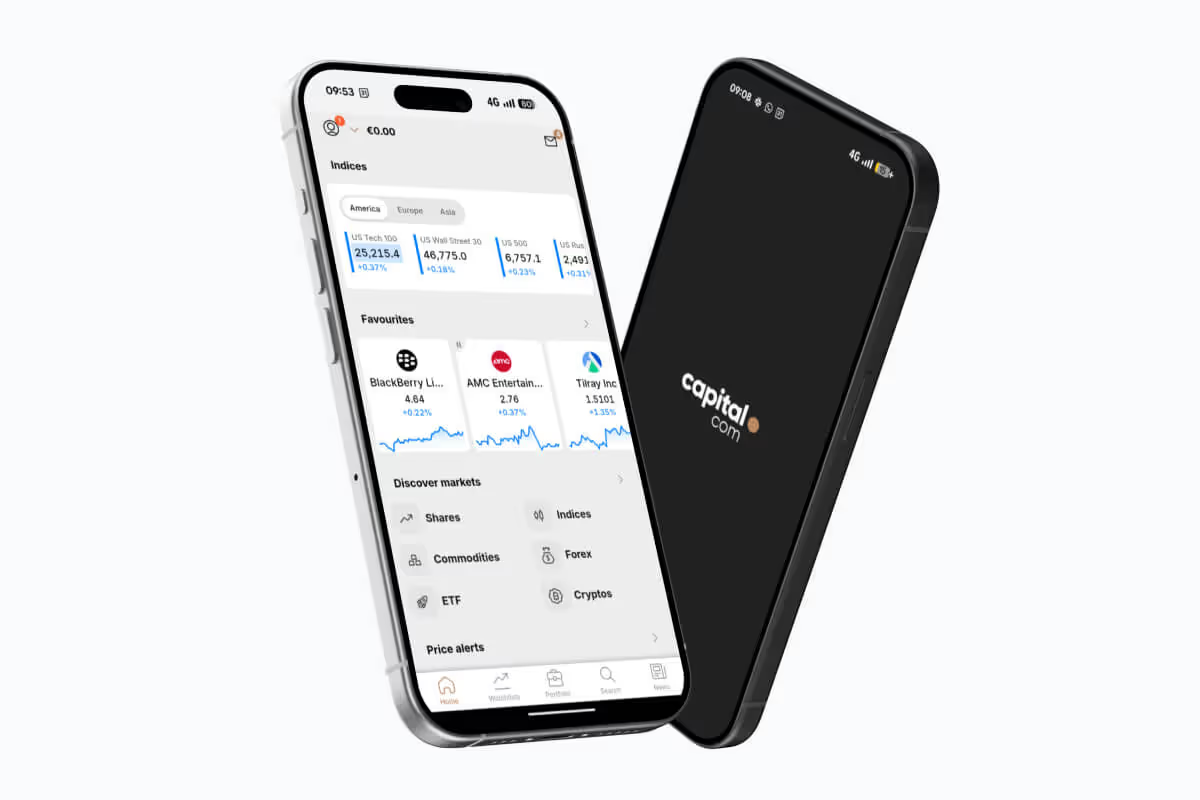How to invest in the S&P 500 from Europe using Trading 212



You've probably heard of the S&P 500 index by now. As the name suggests, it's a way to gain exposure to 500 of the largest companies (not necessarily the top 500) in the United States, helping to diversify your portfolio. However, you cannot invest directly in the index itself - you need to find a product that replicates it.
The simplest way to do this is through exchange-traded funds, also known as ETFs (short for “Exchange Traded Funds”). If you're just starting your financial journey, you'll hear these three letters quite often. ETFs track the performance of the index, meaning that if the S&P 500 goes up by 1%, an ETF replicating it should also increase by a very similar percentage (although factors like fees prevent an exact match).
In this article, we’ll explore the main ETFs available, the platforms where you can buy them, a step-by-step guide to purchasing on Trading 212, and the key factors to consider when choosing an ETF.
Here is a super-simple guide:
Main S&P 500 ETFs
If you visit justETF.com, you'll find a wide variety of ETFs that track the S&P 500, each with its own specific characteristics. In the tables below, we present four ETFs that we believe provide enough information to help you make an informed decision (they are ranked by assets under management).
To make it easier to read, we have divided the information into two tables:
Additional info, in the same order:
Investing in the S&P 500: Step-by-step guide
Once you find an online broker or a traditional bank that suits your needs, you're ready to buy one of the ETFs that track the S&P 500!
All you need to do is search for the ETF you want on your chosen broker’s platform and place a buy order.
In this example, we’ll use Trading 212.
Step 1: Search for the desired ETF in the Trading 212 search bar.
We’ll use SXR8 as an example:

You select the option that appears, which, as you can see, is traded on "Xetra."
Step 2: Click on "Buy":

Step 3: Select the "number of shares" and click on "Review Order":

If you pay close attention, you'll notice that the value of a "whole piece" (called a unit of participation) is €610.87. This means that if you want to buy one full unit of the ETF, that would be the total price.
However, Trading 212 offers the option to buy fractional ETFs (and stocks). In our example, we placed an order to purchase 0,2 units of SXR8.
Step 4: Review the order and click on "Send Buy Order"

Step 5: Order confirmation

You're now an investor in the S&P 500!
After completing the purchase, you will find your investment in the "Portfolio" section.

What to look for in an ETF?
When choosing an ETF to invest in, consider the following aspects:
- Total Expense Ratio (TER): ETFs with lower TERs are generally preferable, as they reduce investment-related costs.
- Liquidity: ETFs with higher daily trading volumes tend to be easier to buy and sell without significant price fluctuations.
- Dividend Policy: Decide whether you prefer ETFs that accumulate dividends (reinvest them) or distribute them periodically. This can have different tax implications, as mentioned earlier.
- Replication Method: ETFs can replicate the index physically (by buying the index’s stocks) or synthetically (using derivatives). By definition, physical replication is more transparent.
- Currency: Consider the currency in which the ETF is denominated. For European investors, using ETFs listed in euros can help avoid currency exchange costs.
Note: It is important to read the Key Information Document (KID) of each ETF to understand all details and risks associated with the investment
Video with more details
Conclusion
To summarize, here’s what you need to do:
- Choose an ETF that tracks the S&P 500: Find an ETF that follows this index. Both VUSA and SXR8 stand out due to their competitive management fees and listings on multiple stock exchanges in different currencies (this can help avoid potential currency conversion costs with your broker, allowing you to buy in euros).
- Find a suitable financial intermediary: Choosing a good ETF broker or a traditional bank is essential. You should consider transaction fees, custody fees, and who regulates these entities, among other factors.
- Open an account and deposit funds: Once you've decided which trading platform to use, you'll need to go through the account opening process and fund your account.
- Place a buy order with your financial intermediary for the chosen ETF: This is the easiest part (the process is intuitive)! Once your account is set up and you have the ticker of the ETF you want to buy, simply execute the transaction!
We hope this article has clarified some of your doubts.





